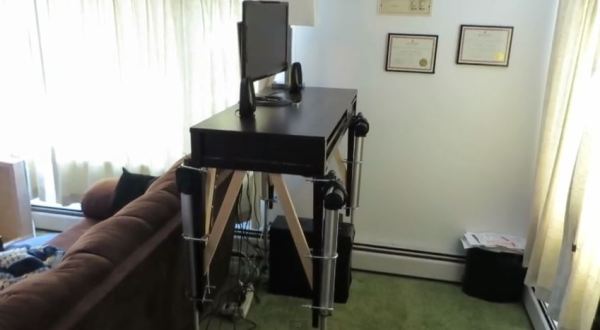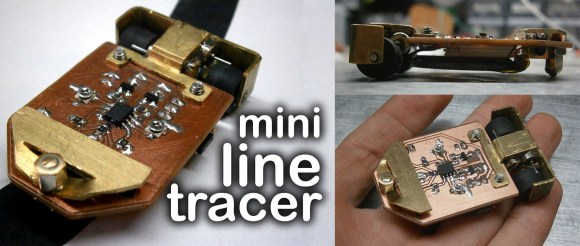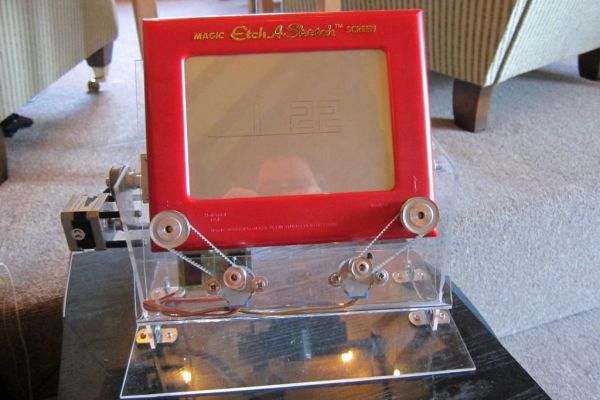Standing desks seem to be all the rage today — but do you really want to commit fully to always standing? [Jeff Minton] didn’t, and when he found out how much convertible standing desks cost… he decided to make his own.
While brainstorming ways of accomplishing this he started browsing around eBay and found 18″ linear actuators for sale. They were $45 each, ran at 24V and could lift 600lbs each. Bingo. Actually, that’s kinda overkill…
He picked up a 24V power supply, an Arduino, and a 8-channel relay board. The actuators are attached to the desk’s original legs using U-bolts which keep the legs straight and take the load of the desk. The untreated wood supports are there to reinforce the original desk, because they weren’t that sturdy in the first place.
It takes about a minute to fully actuate the legs, so while it’s not the prettiest nor the quickest solution — it does the trick and allows you to easily switch between standing and sitting.
Continue reading “High Tech Convertible Desk Takes It Up A Notch”
















